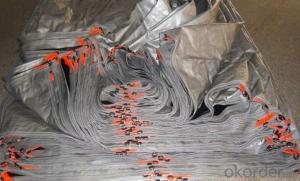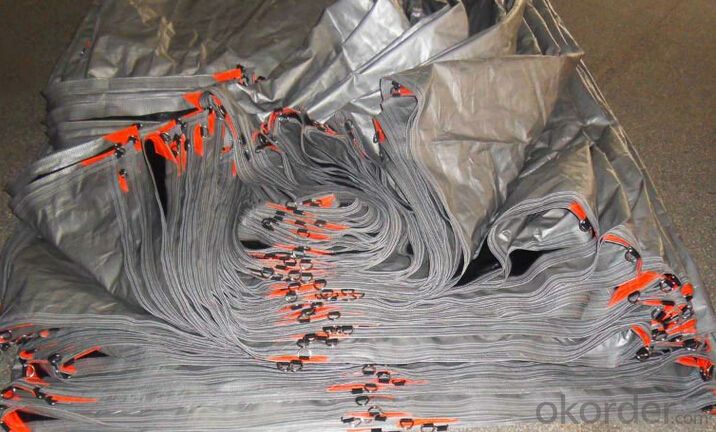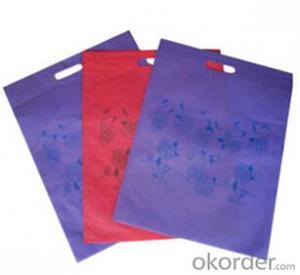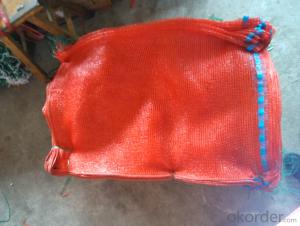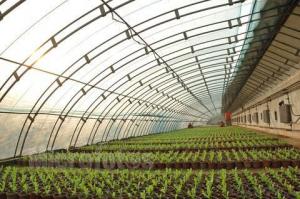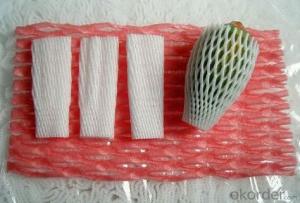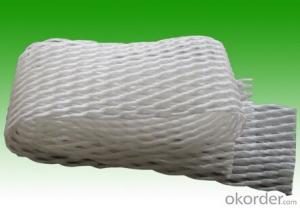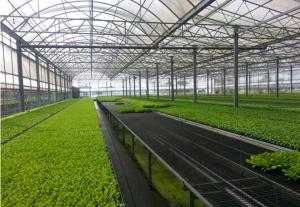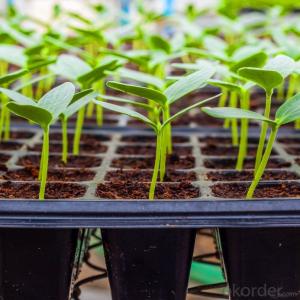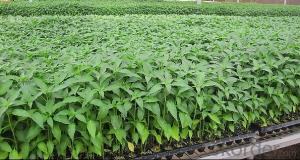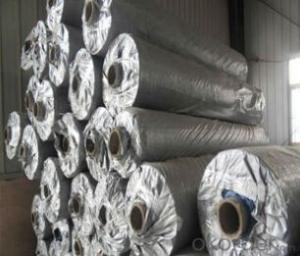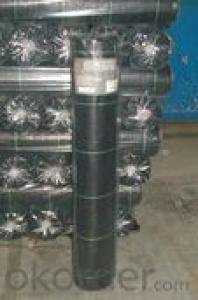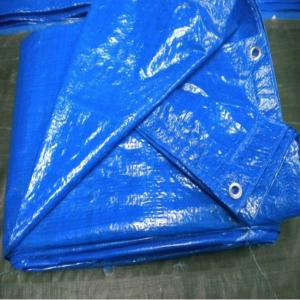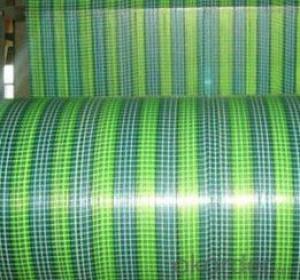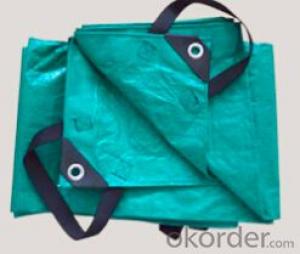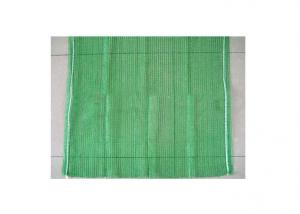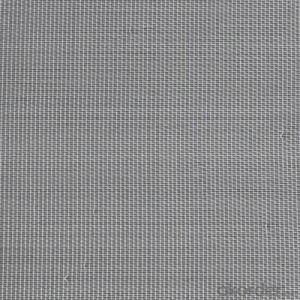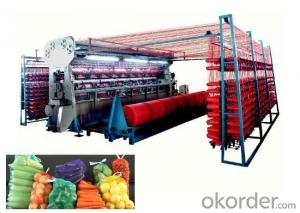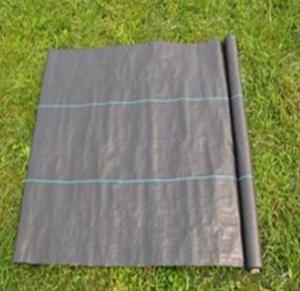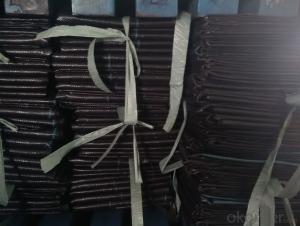PP tarpaulin
OKorder Service Pledge
OKorder Financial Service
You Might Also Like
Specification :
1) Fabric quality
-Weaving Condition (mesh weft x warp/ sq.inch) : 7x7, 8x8, 10x8, 10x10, 12x12,14x14,16x16
-Weight : 55gram/sq.m~ 250gram/sq.m
2) All four edges are reinforced by P.P rope in hem
3) Aluminum eyelet at every 1meter (1yard or 3feet) interval
4) Each piece in a polybag with your leaflet (or Size sticker)
5) Special treatment : U.V., F.R. / Brass Eyelet, Plastic Eyelet also available
Color : Any color available
Packing : Carton Box packing or Bale packing
Available use :
General Cover, Construction and Equipment Cover, Covers for open-stored goods,
Covers for trucks/automobiles/boat, Lining materials for storage tanks and containers,
Lining material for irrigation Canals and grain silos, Machinery Cover, Tents, Picnic mats,
Covers for Swimming Pools and Garden Furniture etc.
- Q: What are the advantages of using plastic weed barrier fabric in landscaping?
- Plastic weed barrier fabric offers several advantages in landscaping. Firstly, it effectively controls weed growth by preventing sunlight from reaching the soil, thus inhibiting weed germination and growth. This reduces the need for manual weeding, saving time and effort. Secondly, the fabric helps retain moisture in the soil, reducing water evaporation and promoting healthy plant growth. Additionally, it acts as a protective barrier, preventing erosion and soil compaction. Plastic weed barrier fabric is relatively easy to install and maintain, making it a cost-effective solution for weed control in landscaping projects.
- Q: Something catchyim not very creative and could use your suggestionsalsowhat 'problem' did the invention of plastic solve?like the invention of electricity solved heating problems, lighitng problems, etc. please help me! i've gone to practicaly all the web sites and i need helpTHANK YOU
- How about... Don't put it too close to heat! or umm... Without plastic we'd never have hot pink injection molded shoes! Horray for Crocs! or umm.... I don't know, I'm bad at that stuff.
- Q: Hello guys ~~~got a questoin about plastic bags someone told me there are two types of plastic bags low density plastic bags and high density plastic bags does someone know which one use less material to produce most of people told me the low density plastic bags are more quot; greenerquot; than high density plastic bags but i found something from a website, it says : our low density plastic bags use 50 % of recycled materials, does that mean low density bags are more greener than hgih density if they use different materials???thanks
- You are probably refering to two forms of the plastic polyethylene, high and low density. Low density is probably the 'greener' of the two, but it can't be by much.
- Q: Can agricultural plastic be used for shade structures?
- Yes, agricultural plastic can be used for shade structures. It is commonly used in the agricultural industry to create temporary or permanent shade structures for crops, livestock, or other agricultural purposes. Agricultural plastic is lightweight, durable, and can provide effective shade while also allowing for optimum airflow and light diffusion.
- Q: Does anyone know what the chemical name and compound formula for Plastic is?
- Plastic Chemical Formula
- Q: What are some ground cover options for a cottage-style courtyard?
- Some ground cover options for a cottage-style courtyard include creeping thyme, Irish moss, sweet woodruff, creeping phlox, and vinca minor.
- Q: Can agricultural plastic products be used for soilless cultivation?
- Yes, agricultural plastic products can be used for soilless cultivation. Soilless cultivation, also known as hydroponics, utilizes alternative growing mediums such as water, sand, perlite, or coconut coir instead of traditional soil. Agricultural plastic products like grow bags, trays, or containers can provide a suitable platform to hold these mediums and support the growth of plants in a soilless environment.
- Q: there is two groups of plastics. we can group other plastics into these groups. What are the two groups called?
- polymer type, Haldia, Gail, Reliance.
- Q: What are the different types of plastic sheets used in greenhouse construction?
- There are several types of plastic sheets commonly used in greenhouse construction, including polyethylene, polycarbonate, and acrylic. Polyethylene is the most common and affordable option, known for its flexibility and ability to retain heat. Polycarbonate sheets are more durable and have better insulation properties, making them suitable for colder climates. Acrylic sheets offer superior clarity and light transmission, making them ideal for showcasing plants. Other specialized plastic sheets may also be used, depending on specific needs and requirements.
- Q: Are plastic water bottles cancergenic?
- The hoax email(s) claim to have come from Johns Hopkins University; as you see from the links this isn't true. You can also read a statement from Johns Hopkins on the issue.
Send your message to us
PP tarpaulin
OKorder Service Pledge
OKorder Financial Service
Similar products
Hot products
Hot Searches
Related keywords
